[Testing] Kingston V310 solid-state drive with a capacity of 960 gigabytes
Hi, Giktayms! In July, a post about testing Kingston KC310 960 Gb was released, and I promised that there would be a small series of such tests. I fulfill my promise and bring to your attention a review of the capabilities of another drive of the same capacity - Kingston V310 960 Gb . Despite the incessant price increase, high-capacity solid-state drives are still in demand among enthusiasts and corporate users. Under the cut - analysis of the abilities and endurance of this SSD drive.
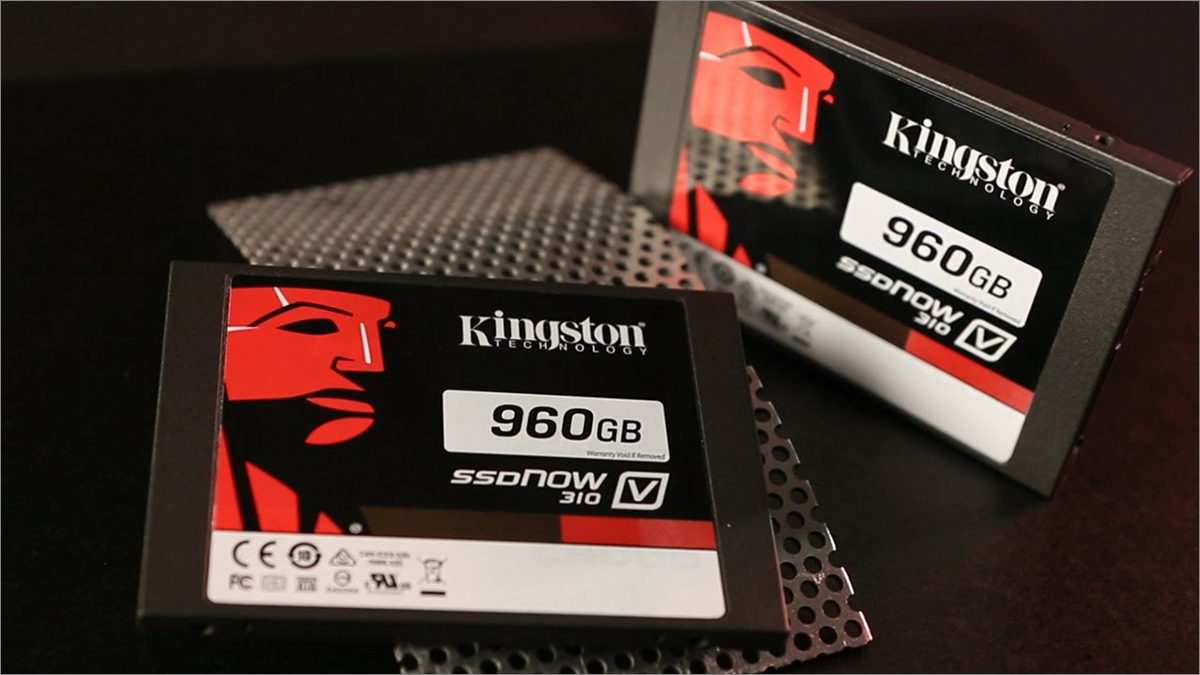
Packaging is completely similar to Kingston KC310 - only the name of the series is different. The disk is delivered in a usual cardboard blister with a plastic insert. Inside is also a plastic frame adapter with a thickness of 7 mm to 9.5 mm, for installation in laptops or desktop computers.
The second version of the Kingston V310 is on the market: it will include a metal adapter for mounting into a 3.5-inch bay, a SATA cable, an external container for connecting a disk via USB, a CD with software and a set of fasteners.

')
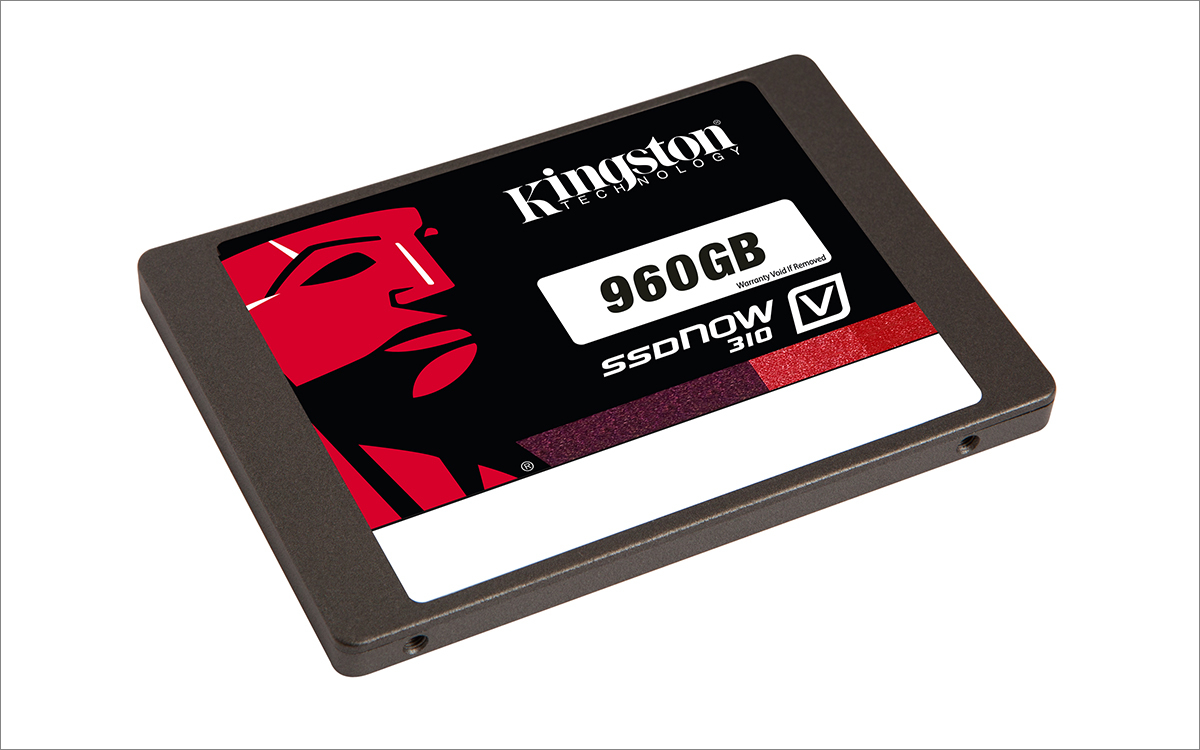
Kingston V310 960 Gb is the only disk in the V310 lineup, smaller capacity drives belong to the V300 series and are based on other controllers. The disc is built on an eight-channel Phison PS3108-S08 controller. This decision is due to the fact that previous products on SandForce controllers could not have a capacity of more than 512 gigabytes, while Phison PS3108-S08 itself does not support addressing more than 1 terabyte of memory, so it turns out that the disk will remain the only member of the V310 family.
.
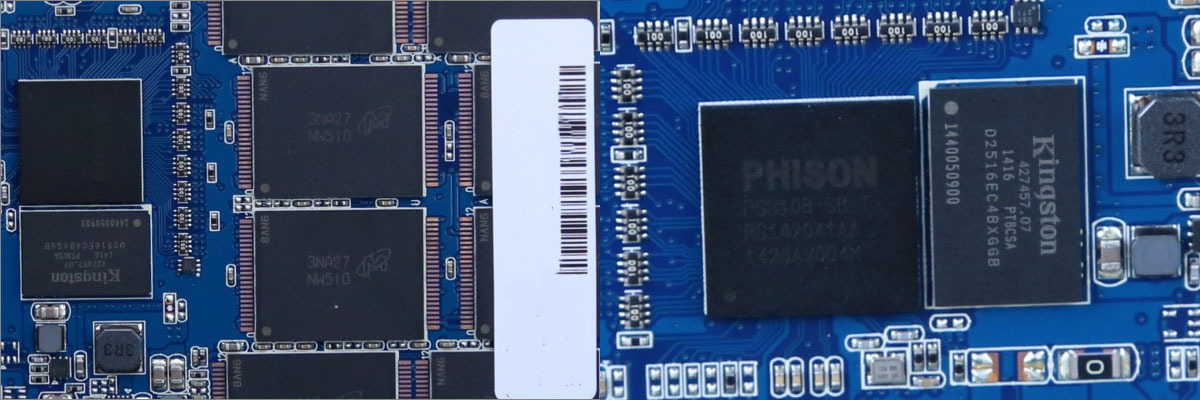
The memory is recruited by 8 Micron MLC 20nm microcircuits with MT29F512G08CKCABH7-6 marking, with a capacity of 128 gigabytes each. Thus, the total disk capacity is 1024 gigabytes, of which not the entire volume is available to the user, but only 894 gigabytes (960,194,670,592 bytes), the rest is reserved for the backup area.
The 512 megabyte cache is organized by a Kingston microcircuit labeled D2516EC4BXGGB. The newer Kingston KC310 uses twice the cache.
The controller supports the technology of data protection in case of power failure, which is implemented on the program side, of course, the TRIM command is supported.
Official disk specifications assume the speed of work with sequential reading / writing at 450/450 MB / s; when working with random 4K blocks, up to 40000/20000 IOPS. The speed of work is lower than that of the Kingston KC310, this is especially noticeable on random operations with small blocks.
The DWPD parameter is set at 2.65, that is, no more than 2.5 terabytes of data is recommended to be written to disk per day. The total amount of recorded information for the Kingston V310 is 2728 terabytes. These values are significantly higher than the Kingston KC310.
The time between failures is 1 million hours, or 41,666 days, or 114 years, that is, sooooo long you can work with this drive. This figure is standard for the top-end solid-state drives Kingston.
Let's move on to the practical part. The test results will add to the comparison obtained in the previous test, so that you can correctly and visually compare drives.
The testing method is quite simple:
Before the tests, a volume of information twice the disk capacity is recorded on the disk, after each test a pause of half an hour is made for the TRIM command to work correctly.
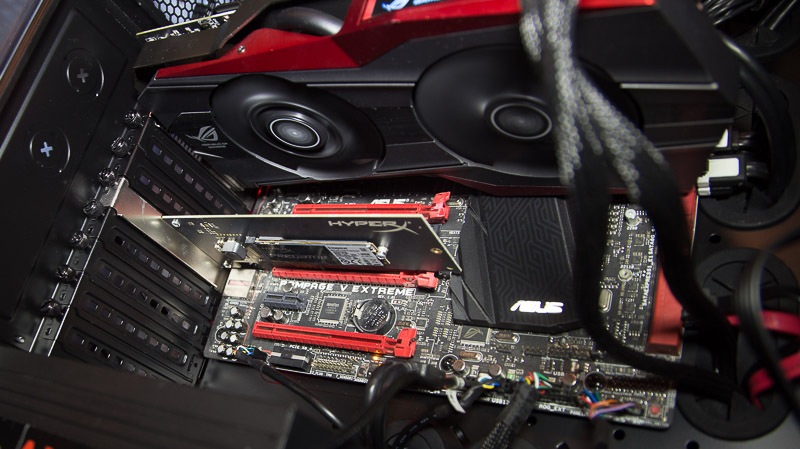
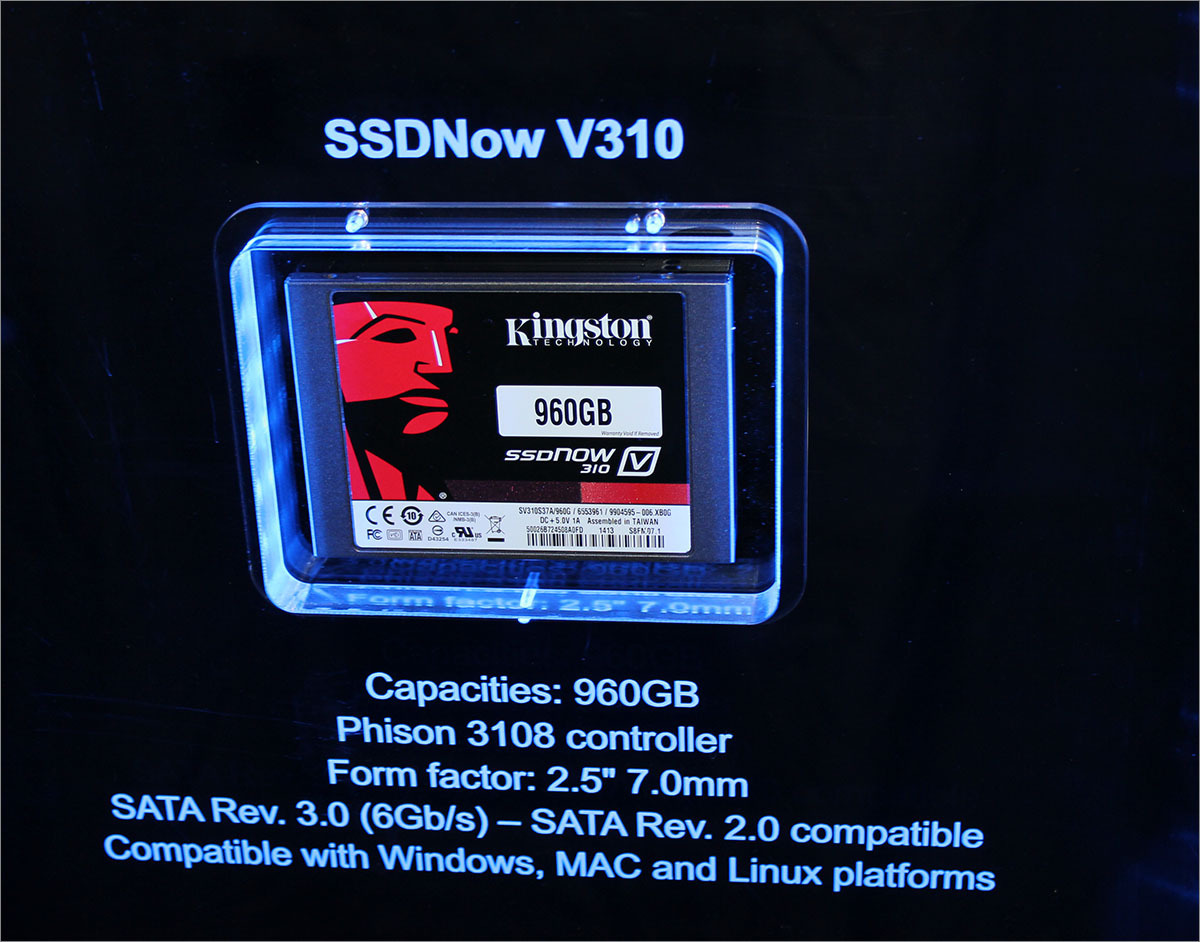
Synthetic test to assess the correctness of the speeds declared by the manufacturer. Actually, most of the data indicated on SSD drives of different manufacturers is obtained using the ATTO Disk Benchmark.
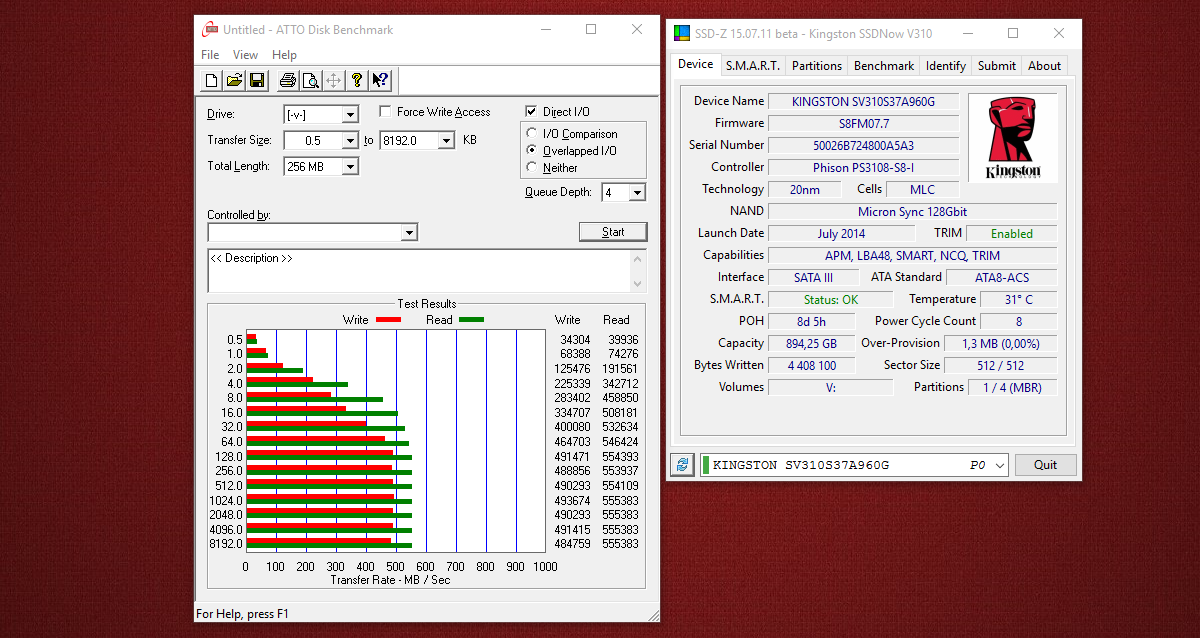
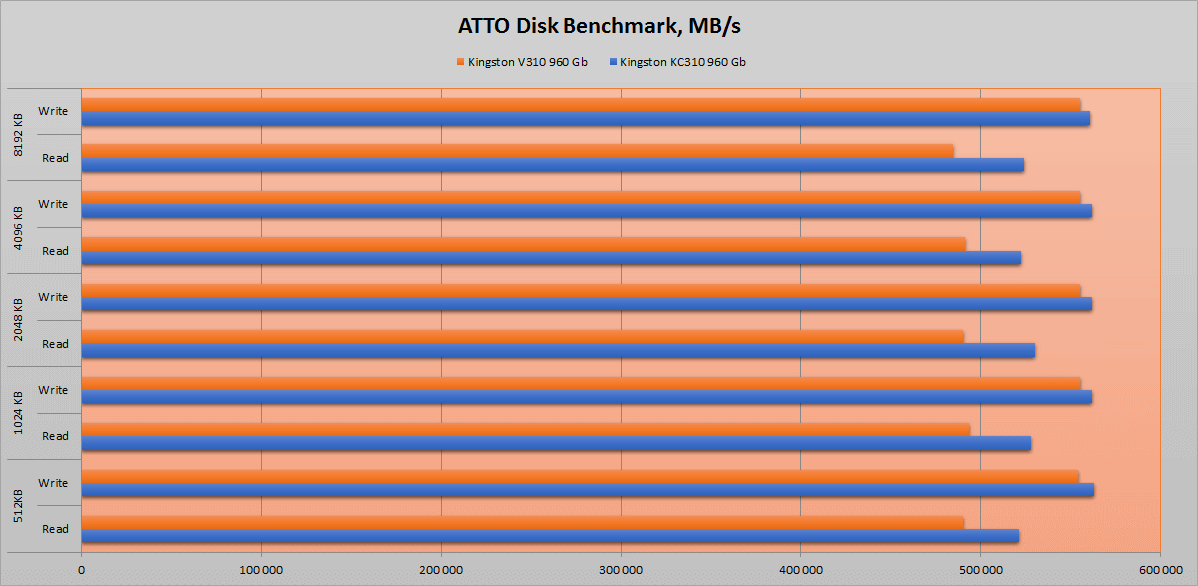
This test allows you to evaluate the drive in four modes: linear read / write, read / write blocks in 4K, linear read / write at a queue depth of 32 commands, read / write blocks in 4K at a queue depth of 32 commands.


The most advanced of the tests. I will conduct several test options:

On read operations, the V310 turns out to be faster than the Kingston KC310, but in the case of the recording, there is a confident rematch behind the new controller.
In the test package PC Mark 8 there is an opportunity to conduct performance recovery tests with long-term load.
The package operation scheme is as follows:
First, the disk (unformatted, without partitions) is filled twice in blocks of 128 KB each.
Then the degradation phase follows:
The disk is filled with random blocks of different sizes from 4 KB to 1 MB. Since the blocks are not aligned, disk performance drops dramatically.
The first tests begin 10 minutes after the disk is filled with random blocks.
After passing the test, the filling process is repeated. Before each new test a pause is made that is five minutes longer than the previous one, that is, 15 minutes, 20 minutes, and so on. This is repeated eight times.
After this, tests of the stable phase begin. The script is repeated five times, a pause of 5 minutes is made between runs without additional load being applied.
This is followed by the performance recovery phase, when a five-minute pause is made between the scripts to complete the disk cleanup.
The package is testing several applications, I chose Adobe Photoshop (heavy script).
I give four graphics: average access time, read speed, write speed, total disk speed.

As you can see, the disk access time increases as the load increases.



Virtually no noticeable difference in performance of the “tired” Kingston V310 disc and the restored one, the performance graph is quite even.
The model is already a bit out of date, the controllers of a newer generation have come out, but at the height, the endurance and stability of the disc to the wear process remained. If you are not critically important to the speed of work with small random data, then the Kingston V310 will give more light to younger colleagues.
In the third part, I will consider the representative of the brand HyperX - Savage 960 Gb. What distinguishes this solid-state drive? You will soon find out.
Thank you for your attention, stay with Kingston on Geektimes.ru!

Packaging is completely similar to Kingston KC310 - only the name of the series is different. The disk is delivered in a usual cardboard blister with a plastic insert. Inside is also a plastic frame adapter with a thickness of 7 mm to 9.5 mm, for installation in laptops or desktop computers.
The second version of the Kingston V310 is on the market: it will include a metal adapter for mounting into a 3.5-inch bay, a SATA cable, an external container for connecting a disk via USB, a CD with software and a set of fasteners.

')

Kingston V310 960 Gb is the only disk in the V310 lineup, smaller capacity drives belong to the V300 series and are based on other controllers. The disc is built on an eight-channel Phison PS3108-S08 controller. This decision is due to the fact that previous products on SandForce controllers could not have a capacity of more than 512 gigabytes, while Phison PS3108-S08 itself does not support addressing more than 1 terabyte of memory, so it turns out that the disk will remain the only member of the V310 family.
.

The memory is recruited by 8 Micron MLC 20nm microcircuits with MT29F512G08CKCABH7-6 marking, with a capacity of 128 gigabytes each. Thus, the total disk capacity is 1024 gigabytes, of which not the entire volume is available to the user, but only 894 gigabytes (960,194,670,592 bytes), the rest is reserved for the backup area.
The 512 megabyte cache is organized by a Kingston microcircuit labeled D2516EC4BXGGB. The newer Kingston KC310 uses twice the cache.
The controller supports the technology of data protection in case of power failure, which is implemented on the program side, of course, the TRIM command is supported.
Official disk specifications assume the speed of work with sequential reading / writing at 450/450 MB / s; when working with random 4K blocks, up to 40000/20000 IOPS. The speed of work is lower than that of the Kingston KC310, this is especially noticeable on random operations with small blocks.
The DWPD parameter is set at 2.65, that is, no more than 2.5 terabytes of data is recommended to be written to disk per day. The total amount of recorded information for the Kingston V310 is 2728 terabytes. These values are significantly higher than the Kingston KC310.
The time between failures is 1 million hours, or 41,666 days, or 114 years, that is, sooooo long you can work with this drive. This figure is standard for the top-end solid-state drives Kingston.
Let's move on to the practical part. The test results will add to the comparison obtained in the previous test, so that you can correctly and visually compare drives.
The testing method is quite simple:
Before the tests, a volume of information twice the disk capacity is recorded on the disk, after each test a pause of half an hour is made for the TRIM command to work correctly.
Test stand
- Processor: Intel Core i7-5960X
- Motherboard: ASUS Rampage V Extreme
- RAM: HyperX Predator DDR4-3000 16 Gb (4 * 4 Gb)
- System SSD: HyperX Predator PCI-E SSD 480 Gb
- Video card: ASUS Radeon R9 290X Matrix
- Power supply: Corsair AX1200i, 1200W
- Operating system: Windows 8.1 Professional (64-bit)

A set of test applications:
- ATTO disk benchmark 2.4.7
- Crystal Disk Mark 3.0.3
- IOMeter 1.1.0
- PC Mark 8
ATTO disk benchmark 2.4.7
Synthetic test to assess the correctness of the speeds declared by the manufacturer. Actually, most of the data indicated on SSD drives of different manufacturers is obtained using the ATTO Disk Benchmark.


Crystal Disk Mark 4.0.3
This test allows you to evaluate the drive in four modes: linear read / write, read / write blocks in 4K, linear read / write at a queue depth of 32 commands, read / write blocks in 4K at a queue depth of 32 commands.


IOMeter 1.1.0
The most advanced of the tests. I will conduct several test options:
- linear read and write (blocks of 256 kilobytes in size, depth of request is 16),
- Random reading and writing of blocks of 4 KB at the request queue of 16 (we get the result in MB / s).
- Random reading and writing of blocks of 4 KB with query queue 4 (the result will be obtained in MB / s).
- Random reading and writing of blocks of 4 KB with the request queue 1 (the result will be obtained in MB / s).

On read operations, the V310 turns out to be faster than the Kingston KC310, but in the case of the recording, there is a confident rematch behind the new controller.
Performance recovery tests
In the test package PC Mark 8 there is an opportunity to conduct performance recovery tests with long-term load.
The package operation scheme is as follows:
First, the disk (unformatted, without partitions) is filled twice in blocks of 128 KB each.
Then the degradation phase follows:
The disk is filled with random blocks of different sizes from 4 KB to 1 MB. Since the blocks are not aligned, disk performance drops dramatically.
The first tests begin 10 minutes after the disk is filled with random blocks.
After passing the test, the filling process is repeated. Before each new test a pause is made that is five minutes longer than the previous one, that is, 15 minutes, 20 minutes, and so on. This is repeated eight times.
After this, tests of the stable phase begin. The script is repeated five times, a pause of 5 minutes is made between runs without additional load being applied.
This is followed by the performance recovery phase, when a five-minute pause is made between the scripts to complete the disk cleanup.
The package is testing several applications, I chose Adobe Photoshop (heavy script).
I give four graphics: average access time, read speed, write speed, total disk speed.

As you can see, the disk access time increases as the load increases.



Virtually no noticeable difference in performance of the “tired” Kingston V310 disc and the restored one, the performance graph is quite even.
Final Thoughts
The model is already a bit out of date, the controllers of a newer generation have come out, but at the height, the endurance and stability of the disc to the wear process remained. If you are not critically important to the speed of work with small random data, then the Kingston V310 will give more light to younger colleagues.
In the third part, I will consider the representative of the brand HyperX - Savage 960 Gb. What distinguishes this solid-state drive? You will soon find out.
Thank you for your attention, stay with Kingston on Geektimes.ru!
Our previous posts:
Source: https://habr.com/ru/post/366141/
All Articles